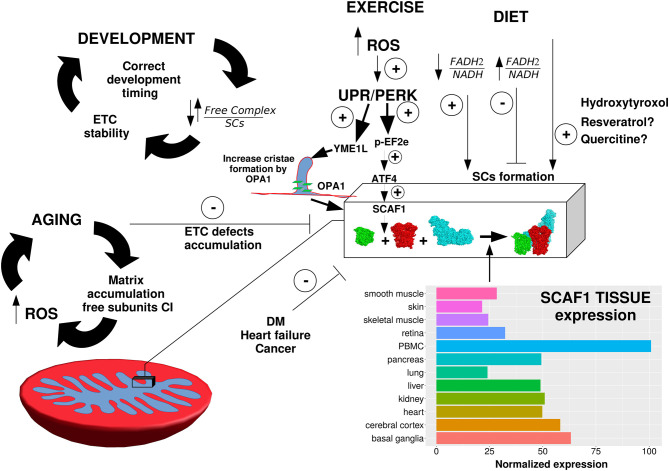Figure 3. Metabolic adaptation of super-complexes.
Super-complexes formation undergoes to adaptation upon different metabolic conditions. During development, the formation of super-complexes follows a genetically coordinated timing. Exercise improves super-complexes formation probably trough a ROS/UPR/PERK mediated pathway. Endoplasmic reticulum stress response triggers SCs assembly through the PERK axis that activates both SCAF1 expression and cristae formation. The accumulative damage may be due to ROS increasing is responsible of super-complexes damage during aging and probably also in diabetes mellitus (DM) and heart failure. The massive dependency on anabolic reactions of cancer cells could be responsible of the super-complexes increase. Diet and in particular the ratio NADH/FADH2 modulate super-complexes distribution through RET. The different expression levels of SCAF1 in different tissues could be responsible of the variability in CIII2 + IV and CI + III2 + IV amount. Expression data obtained from Human Protein Atlas available from http://www.proteinatlas.org. The following pdb structures were used to develop this figure: CI (5xtd, Homo sapiens), CIII2 (5xte, Homo sapiens) and CIV (5z62, Homo sapiens).

